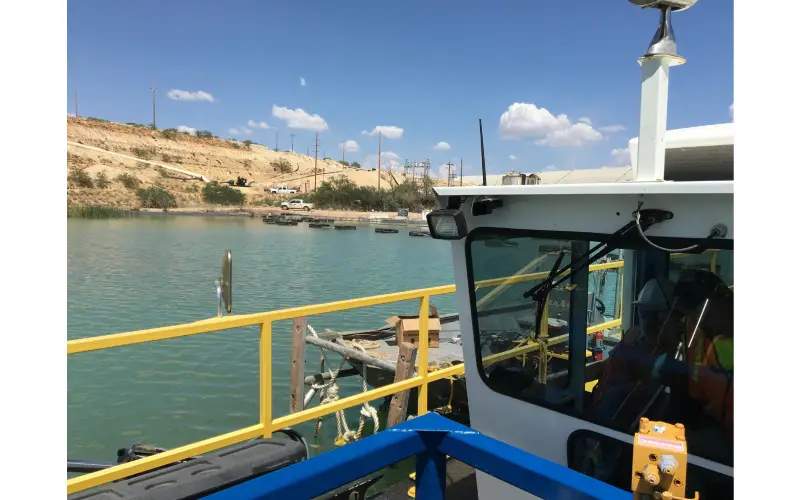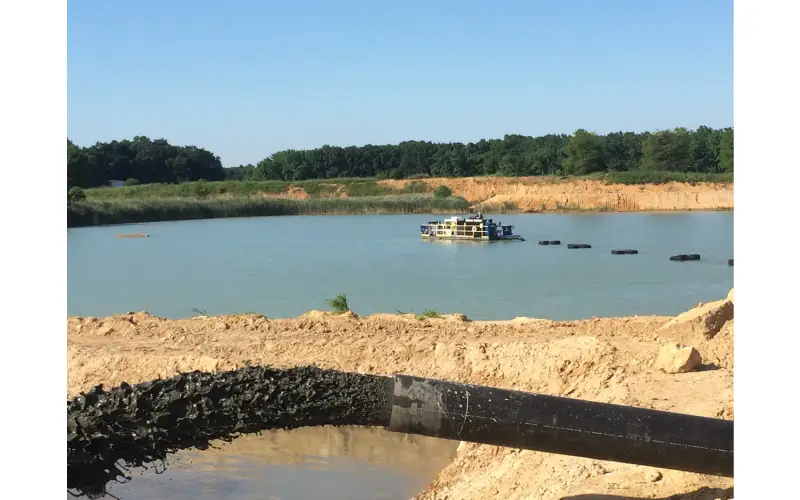
How to Choose the Right Pump for Your Sand Dredge Operation?
Selecting the right pump for your sand dredge operation is crucial for maximizing efficiency, minimizing maintenance, and ensuring long-term reliability. The right pump can make a significant difference in material handling, production rates, and operational costs. With various pump types available, it is essential to understand their applications, features, and suitability for different dredging conditions. This guide will walk you through the key factors to consider when choosing a pump for your sand dredge system.
Understanding Sand Dredging Pumps
A sand dredge pump is a specialized pump designed to move large volumes of sand, silt, and slurry from underwater environments to processing facilities or disposal sites. These pumps are used in river dredging, beach replenishment, mining operations, and other applications requiring sediment removal.
Types of Sand Dredge Pumps
Submersible Dredge Pumps – Fully submerged pumps that offer high efficiency and reduced priming issues.
Hydraulic Dredge Pumps – Powered by hydraulic motors, these pumps provide excellent performance in remote locations.
Self-Priming Pumps – Ideal for applications where frequent priming is needed, reducing downtime and manual labor.

Key Factors To Consider When Choosing A Sand Dredge Pump
Material and Pump Durability
The composition of the pump is crucial when handling abrasive materials like sand. Look for the following materials:
- High-Chrome Alloy: Offers superior wear resistance.
- Rubber-Lined Pumps: Ideal for fine sand and slurry applications.
- Stainless Steel: Resists corrosion in saltwater or chemical-laden environments.
Pump Capacity and Flow Rate
Consider the volume of sand and water that needs to be moved. The pump’s flow rate, measured in cubic meters per hour (m³/h) or gallons per minute (GPM), should match the dredging project’s demands.
Example Flow Rates:
- Small-scale dredging: 100 – 500 m³/h
- Medium operations: 500 – 2,000 m³/h
- Large-scale mining and dredging: 2,000+ m³/h
Head and Pressure Requirements
Head refers to the height the pump needs to move the material. Higher head pumps are required for deep-water dredging and applications where sediment needs to be transported over long distances.
- Low Head (Up to 30m): Suitable for short-distance sediment transport.
- Medium Head (30m – 70m): Good for mining and offshore dredging.
- High Head (Above 70m): Required for extensive dredging projects.
Solids Handling Capability
Dredging pumps must handle large solids without clogging. Consider:
- Particle Size: The maximum solid particle size the pump can accommodate (e.g., 50mm to 300mm).
- Open Impeller Design: Prevents clogging and improves performance with coarse materials.
Pump Efficiency and Energy Consumption
A high-efficiency pump reduces operational costs and energy consumption. Compare:
- Electric vs. Diesel Pumps: Diesel-powered pumps are ideal for remote locations, while electric pumps offer lower operating costs.
- Variable Frequency Drives (VFDs): Allow adjustment of pump speed based on dredging needs, improving efficiency.
Priming Mechanism
Some dredging sites require pumps that can operate in low-water conditions. Self-priming pumps reduce downtime and enhance operational efficiency.
Choosing The Right Pump For Specific Applications
River and Lake Dredging
For large-scale river and lake dredging projects:
- Recommended Pump Type: Centrifugal or hydraulic dredge pumps
- Key Considerations: High flow rate, large particle handling, and long-distance transport capabilities
Marine and Coastal Dredging
For harbor maintenance, beach nourishment, and offshore projects:
- Recommended Pump Type: Submersible or self-priming pumps
- Key Considerations: Corrosion resistance, high efficiency in saltwater, and ability to handle fine sand
Sand Mining and Extraction
For sand mining operations in quarries and pits:
- Recommended Pump Type: Heavy-duty centrifugal pumps
- Key Considerations: High wear resistance, large particle handling, and high-volume capacity
Industrial and Construction Dredging
For clearing sediment from reservoirs, canals, and industrial sites:
- Recommended Pump Type: Hydraulic dredge pumps
- Key Considerations: Portability, high solids content handling, and energy efficiency
Maintenance And Longevity Of Sand Dredge Pumps
Proper maintenance extends the lifespan of your pump and reduces operational costs. Key maintenance practices include:
- Regular Inspections: Check for wear on impellers and casings.
- Lubrication: Keep bearings and seals properly lubricated.
- Clearing Blockages: Remove any trapped debris to prevent performance issues.
- Monitoring Vibration and Noise Levels: Unusual sounds may indicate potential failures.
Conclusion
Choosing the right sand dredge pump depends on factors like material durability, flow rate, head pressure, and specific application requirements. Understanding the various types of pumps and their capabilities ensures efficient dredging operations while minimizing downtime and maintenance costs. Whether for river dredging, sand mining, or coastal projects, selecting a high-quality pump tailored to your needs will maximize productivity and profitability.



